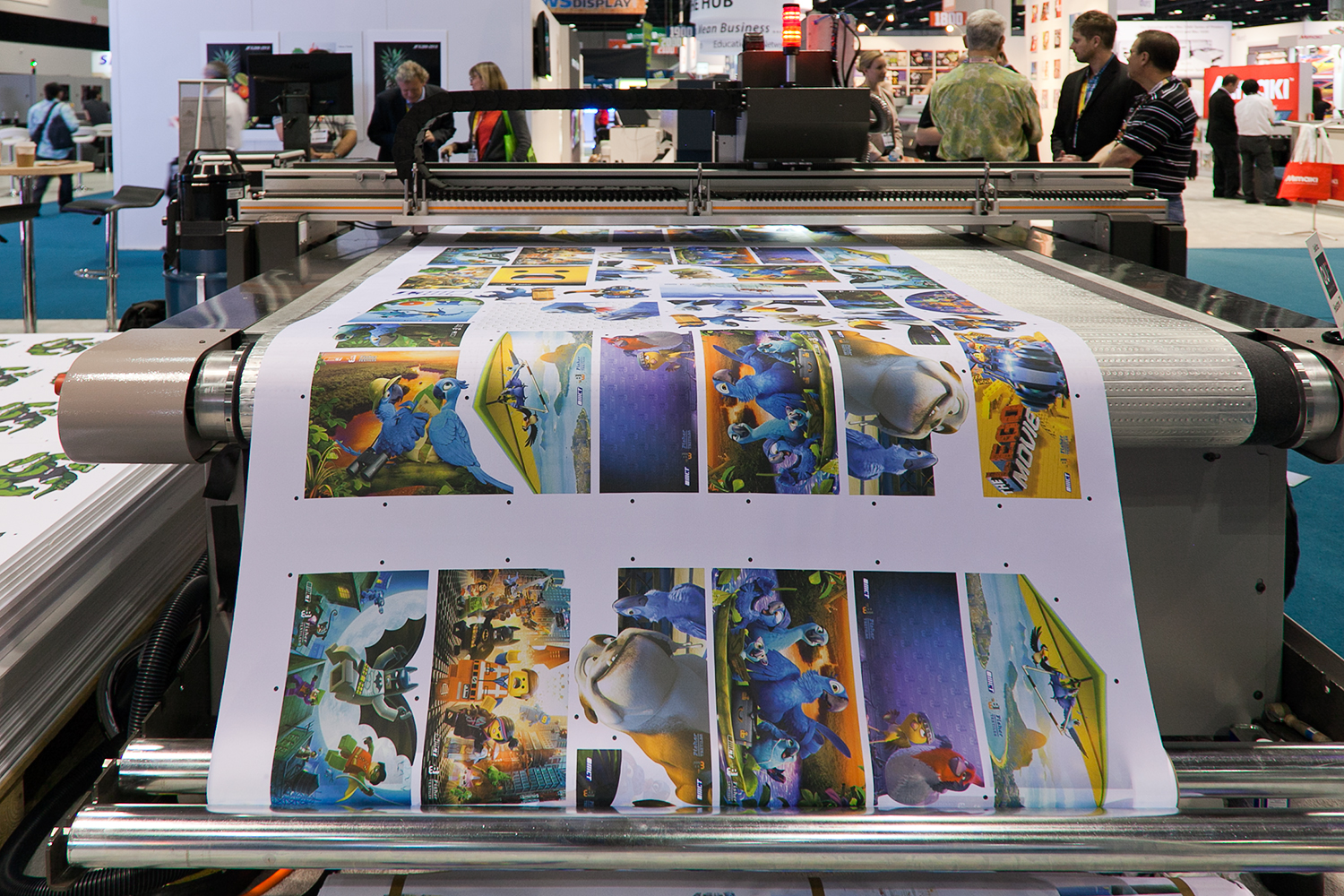Rumored Buzz on Digital Printing
The 30-Second Trick For Digital Printing
Table of ContentsSome Known Facts About Digital Printing.Unknown Facts About Digital PrintingOur Digital Printing DiariesLittle Known Facts About Digital Printing.A Biased View of Digital PrintingThe Only Guide to Digital PrintingOur Digital Printing StatementsDigital Printing Can Be Fun For Anyone
Modification additionally permits businesses to stand apart in a crowded market by developing special advertising and marketing materials that differentiate them from their competitors. Among the major benefits of digital printing is the ability to publish variable information. Each published item can be one-of-a-kind, enabling companies to create tailored advertising and marketing products that speak straight to their target audience.Digital printing likewise permits for personalization in the style of advertising products (Digital Printing). With digital printing, organizations can produce layouts that are one-of-a-kind and tailored to their details requirements.
Some Known Incorrect Statements About Digital Printing
This benefits services that wish to evaluate different marketing techniques or introduce new items and solutions. By printing smaller quantities of advertising products, businesses can decrease waste and prevent the requirement for excess stock. Digital printing is also versatile. It can print on various materials, including paper, cardstock, vinyl, and metal.
By using various products and styles, services can produce unique advertising products that attract attention from their competitors and draw in attention from their target market. Digital printing also provides consistency. With conventional printing techniques, there is often variation between prints because of distinctions in ink insurance coverage, stress, and various other variables.
This consistency can aid build consumer depend on and integrity, revealing that business is committed to offering high-grade materials. Uniformity is particularly important for organizations that want to build customer count on and trustworthiness. By making sure that every print corresponds, organizations can show that they are devoted to supplying top quality products and paying interest to the details.
Not known Details About Digital Printing

In addition, digital printing generates much less waste since it can print as needed and in smaller quantities, decreasing the need for excess stock and materials. Digital printing likewise utilizes much less energy compared to traditional printing approaches. Digital printers do not call for as much energy to run, as they do not require to warm up as much or use as much power to run.
Not known Incorrect Statements About Digital Printing

Offset printing requires a plate for every color published. Traditional countered printing is a print technique that makes use of aluminum plates to move ink onto a rubber sheet (usually described as a "covering"). The picture is then rolled onto the printing surface. This printing method is taken into consideration "offset" since the ink is not moved to the paper straight.
The Main Principles Of Digital Printing
Countered printing enables for a wide range of print materials to be utilized during manufacturing. The high-grade images generated with offset printing you could look here make it the recommended method, specifically among graphic developers, when seeking the biggest color recreation, detail, and professional-looking prints.
For electronic inkjet printing, ink is moved directly onto the surface area. Rather than depending on light weight aluminum plates and rubber blankets to transfer a picture, electronic printing uses liquid ink throughout production.
What Does Digital Printing Mean?
Much better color fidelity refers to both the precision of the shades and their equilibrium in the design. Since balanced out printing can mix custom-made shade inks for each job, it will naturally get the shades Related Site spot-on. Functions similarly well on nearly any kind of sort of product. Dependable, premium image high quality. Rely on offset printing for clean, distinctive kinds and pictures without streaks or areas.
It sets you back a whole lot to start a balanced out task. You have to spend money into creating home plates, which requires time. Once you've invested it, all of the materials are all set to go, and you'll spend less on huge countered work than a digital print, which is concerning the exact same per piece no matter exactly how large the task gets.
Each print equals. You run the risk of fewer weird variations created by imbalances in water and ink. Digital printing is less expensive for low-volume tasks. The price per device drops for digital printing, so at some factor, they crisscross. Changing info within a solitary print job. For instance, say you were printing out postcards marketing a concert.
Excitement About Digital Printing
While electronic printing or inkjet printing is the preferred choice in the present times, there are compelling reasons to convert from countered to digital printing systems. Call Kao Collins concerning color matching and custom-made formulations. When publishing balanced out or electronically, essential choices and procedures are associated with color matching. If it has a visuals overlay or consists of a tag, it will have colors.
Whichever the situation, the color will require to be matched. Shade matching of electronic printer ink is no much longer testing with dyes and check my reference pigments. Industrial inkjet printing uses versatility for printing on many various substrates. Digital printing is perfect for customers that do not need longer runs and warehousing materials.

One advantage of digital printing is selecting from a large range of electronic substratums. With offset printing, substrates make up, typically, 30% of the expense of the job. With digital printing, the price of the substrate in the general work is tiny. This allows for more options than in the past, which benefits marketing experts and companies.
Digital Printing Can Be Fun For Everyone
drop-on-demand is the 2nd printing technology to consider. Continual inkjet systems call for substantial upkeep, more operator training, and greater downtime. Nonetheless, tools prices in inkjet printing are much lower than offset printing as there are no plate-making, plates, and press expenditures. Beyond the capital spending, the prepress tools and printing machine need highly competent operators in countered printing, which adds labor costs.